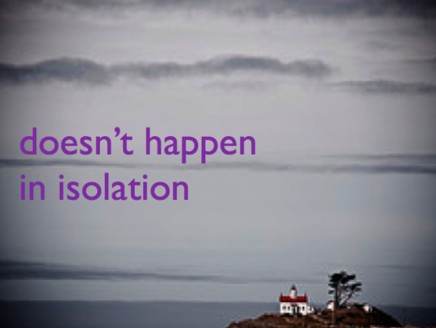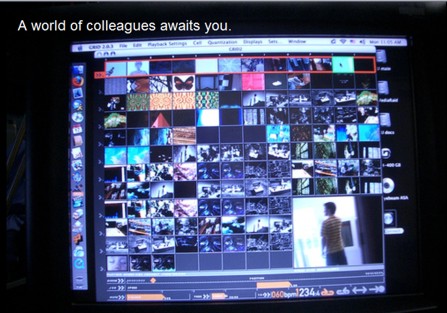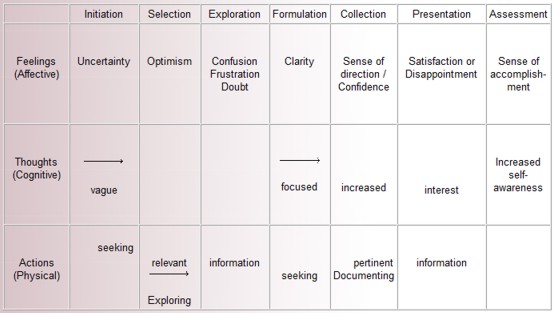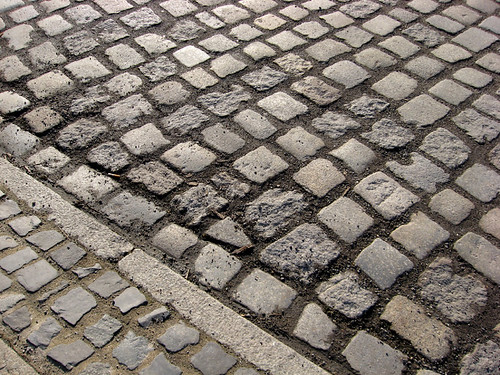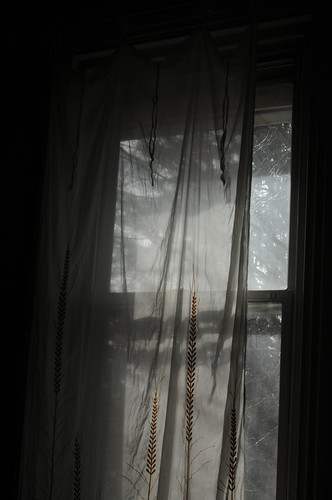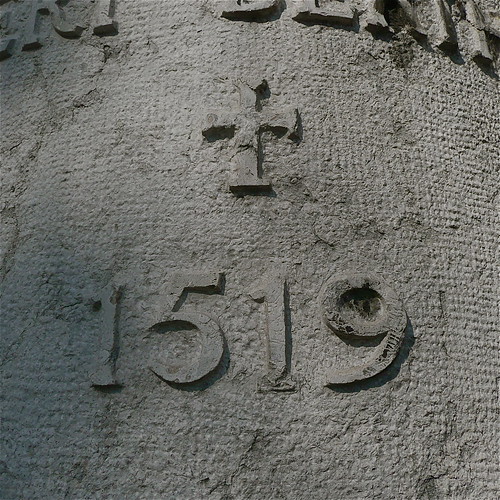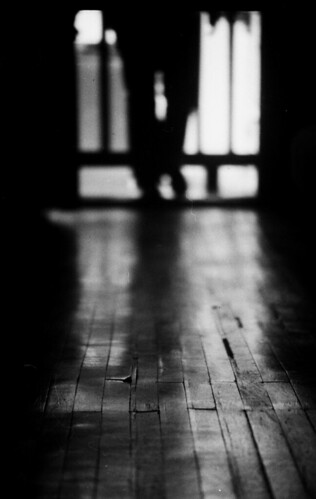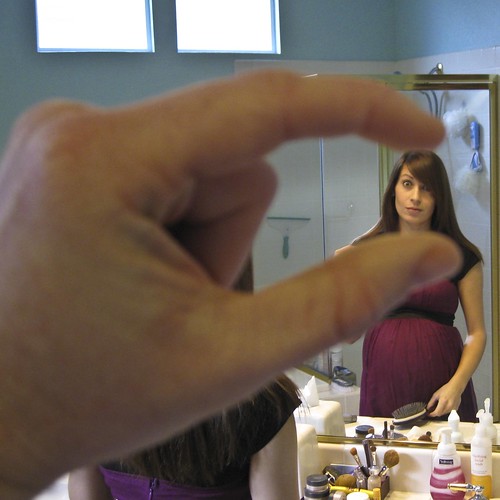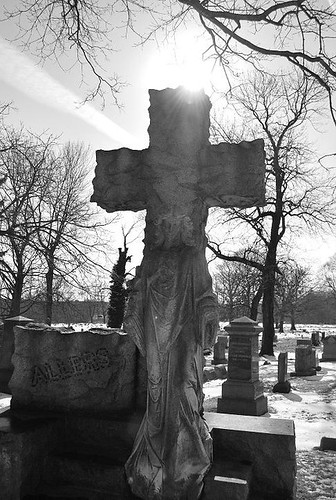In his latest post (6 May), Will Richardson asks this question:
So when I read Jay Cross’s latest piece in CLO magazine, I wondered how many schools could point to someone, anyone, who is in charge of learning. By that I mean someone who manages the culture of the school by focusing not on outcomes as much as how learning is writ large in the system.
Learning is occurring at my school this week. Learning with a capital L. We are coming to the end of a pilot project where the entire Year 8 cohort, along with its teachers, has been involved in researching a big picture question culminating in a multimedia presentation of their choice. Normal classes have been suspended, and each teacher has stepped into the continuum at different points, providing the support needed at that time. Teachers have been in a unique situation, supporting not content, but skills; and this often meant that they were learning alongside the students, at times from the students. The process seems to have taken on a life of its own, and teachers have reported being surprised that students’ projects are taking shape, and that they are on task and engaged, even excited. Trust in the students’ abilities and creativity has been growing.
This is the part of the project that gets me going – the learning process of both students and teachers. This is what I hope we can record, make transparent, discuss collaboratively, reflect upon, project into the future with. I’ve been enjoying discussions with teachers at different stages of the project: the initial feeling of not knowing how to begin, being overwhelmed by the enormity of something new and big, the joy and relief with the first successful day, the surprise when students took the task and ran with it, in all different directions, in a variety of ways, the excitement upon seeing things take shape, and the anticipation of the final presentation.
I’d like to record all of this. I think that this discussion is the guts of the learning. It’s exciting to see shared discussion in a shared project, and I wish it would happen more often. For a change, the teachers are not in charge, they are facilitators, they are not in control, but are taking one step at a time, and trusting in the students, they are not keepers of the content, but observers of the process.
This is learning. I hope we can capture this for reflection and evaluation. We can base next year’s project on what we have observed, what we’ve learned. I hope we can come together for discussion, reflection and evaluation, modifying the assessment rubric from experience of what the process has involved. Teachers have been talking excitedly not of perfect products or best products, but of the learning leaps for individual students.
I read Will Richardson’s latest post (6 May) and he says
I wonder how many of us can look at our colleagues and answer the question “How does that person learn?” And think of the leaders in our schools in that light as well.
This week, Year 8 teachers have seen with new eyes how their students learn. I think they’ve had an insight into their own learning process. Learning has been shared by teachers and students alike.What does Will Richardson say about teachers’ learning? In discussing Jay Cross’s latest piece in CLO magazine, Will wonders if any schools have one person
‘who is in charge of learning. By that I mean someone who manages the culture of the school by focusing not on outcomes as much as how learning is writ large in the system. Someone who also understands the ways in which social Web technologies accentuate the need for the learning skills we’ve desired all along: creativity, critical thinking, independent thought, collaboration, etc…
And it really is about a culture that supports, celebrates and shares learning.
The Year 8 immersive project has given those involved a taste of the learning culture which supports, celebrates and shares learning.
In the article about Chief Learning Officers in companies, Jay recommends looking at the workplace through different lenses: from the point of view of the anthropologist, the Web 2.0 specialist, the informal learner.
Some of the questions posed through these lenses are:
From the anthropologist:
Are people sharing the information or are they just hoarding?
Are people taking time for reflection, or are they so busy they only live in the moment?
Are they experimenting and taking risks, or are they doggedly following the rules?
Are people working collaboratively or are they in isolation?
Through the Web 2.0 lens:
Are people using instant messaging, social networks, search engines and multimedia resources that are as good as or superior to those they are accustomed to in their homes?
Are discoveries recorded and shared with one another and documented for future use?
Do workers have blogs or other means to express themselves?
The informal learning lens:
Are there comfortable places for people to talk?
Are workers intrinsically motivated to learn and increase their professionalism, or are they waiting for their next class?
Is informal collaboration encouraged?
Are people learning from observing others… and reflecting on experience?
These are questions I’ve chosen which are most pertinent to the school situation. As Will says, do we or should we have a CLO in our schools,
… people to lead that work, … who understand deeply the passion-based, self-directed potentials for learning in a connected world, and the importance of a vision for true learner-centered classrooms and curricula for everyone in the building.
Do you have such leaders in your school?
(Now, I’m not sure about this, but it seems that the Chief Learning Officer is like our Training (or Learning) and Development Manager in Australia).
